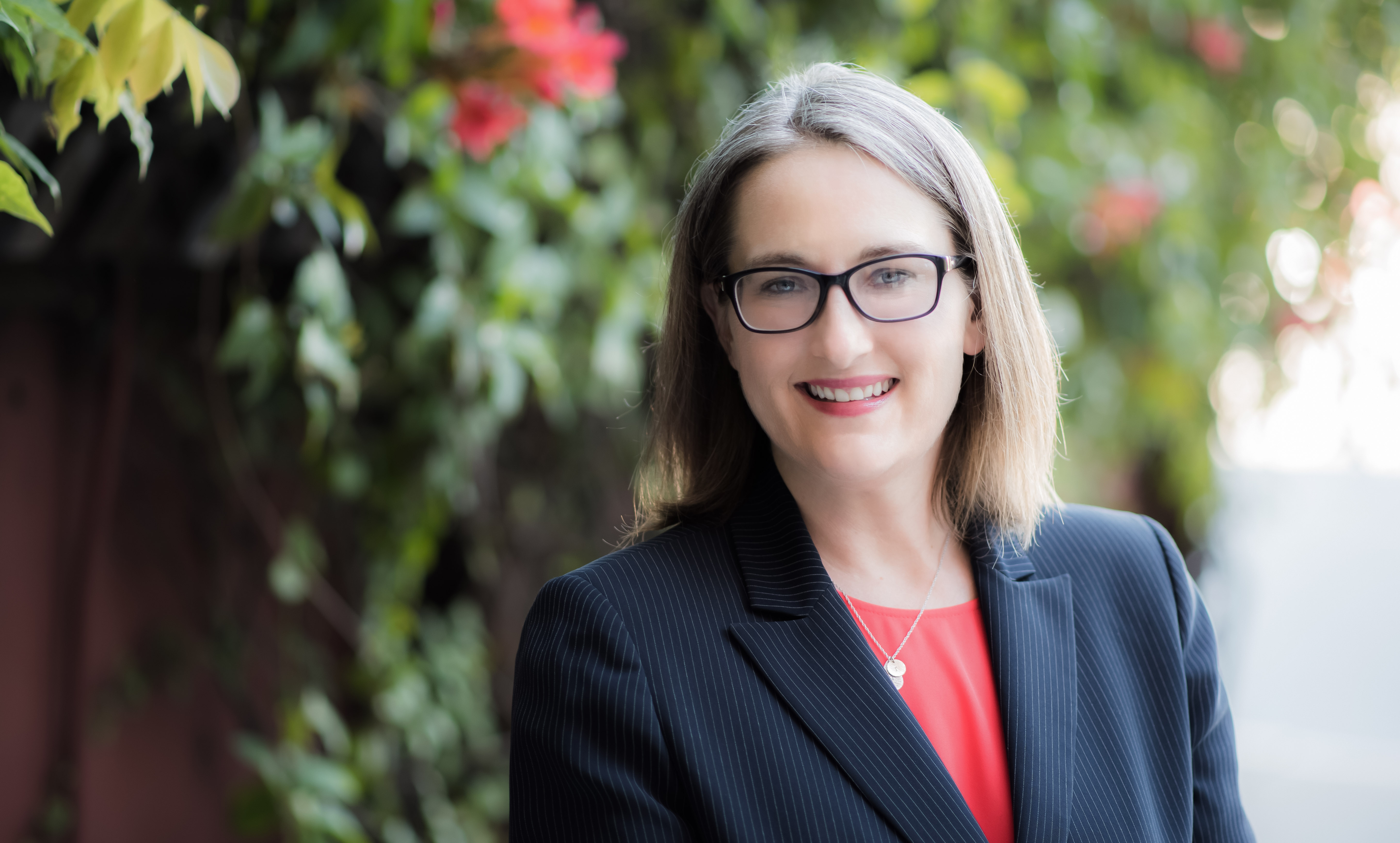
Q&A with Dr. Christina Weyer Jamora

Christina Weyer Jamora, RN, PhD is a neuropsychologist at the UCSF Brain Tumor Center, specializing in the neurocognitive rehabilitation of adults with brain tumors. As part of the Sheri Sobrato Brisson Brain Cancer Survivorship Program, Dr. Weyer Jamora’s role is to develop individual treatment plans to help patients rehabilitate and return to their daily lives.
What is neurocognitive rehabilitation?
Neurocognitive rehabilitation are therapeutic services designed to improve cognitive function. In practical terms, this often includes patient and family education, as well as cognitive exercises and strategies designed to reduce forgetfulness and distractibility.

How do brain tumors, or subsequent treatments, affect neurocognitive abilities?
Neurosurgery, radiation, and some medications can negatively impact cognition. Radiation in particular has been suspected to negatively impact the myelin of the brain causing difficulties in neural transmission. With neurocognitive rehabilitation, we try to mitigate some of these effects, and maximize a patient’s cognitive function.
What kinds of challenges or goals do brain tumor survivors work with you on?
Every survivor is different in terms of their goals. For some, it is returning to work, while others are interested in more effectively managing daily tasks. Many of the survivors that I work with describe difficulties with forgetfulness, distractibility, and multitasking, to name a few. We work to reduce the effects these issues have on their day to day life.
How well are patients able to improve neurocognitive impairments?
Many of the patients I work with see improvements in being able to live well despite their cognitive changes. The rate and degree of their improvement depends on many factors that we are excited to continue to learning about.
What does the process look like and how long does it take?
My work with patients happens across two phases: an assessment phase and then a treatment phase. The assessment includes a neurocognitive consultation that takes place over two hours. During that time, we sit down with patients, and their loved ones, to talk about the patient’s medical history, cognitive and emotional concerns, and goals. Thereafter, we will complete cognitive and emotional measures to give us a better idea which rehabilitation strategies may help. After that, I share the results and give recommendations on how their concerns can be addressed. During treatment, we often focus on practicing cognitive exercises, educating patients about strategies to help them to work around their difficulties, and implementing those strategies into their daily life. Generally, we meet for six sessions and if the patient has a response to treatment, we usually begin to see improvements after the first two sessions. After active treatment is completed, then we can meet for booster sessions on an as needed basis.
What happens at a neurocognitive consultation?
During a neurocognitive consultation, we strive to better understand how the survivor is doing cognitively and emotionally and then put together a plan of care to help them manage these issues. This starts with asking questions about their current symptoms, background, and medical history as well as their goals for feeling better. I am also interested in areas they do well and strategies they have found to work around their challenges. We then complete a cognitive exam, including tests that evaluate a range of functions such as attention and concentration, language, visual spatial skills, memory, thinking speed, and higher level thinking skills. At the follow-up visit, we discuss the consultation findings and discuss a plan of care. I also offer cognitive rehabilitation visits to help patients implement the recommended suggestions.
What therapies or strategies can help improve language, motor, or cognitive impairments?
General strategies such as writing information down, improving your organizational skills, and preplanning to reduce multitasking can be helpful. Also, try to track what helps you have fewer slips and try using those strategies in situations you struggle in.
Good sleep, taking care of yourself emotionally, and pacing yourself to manage your fatigue can also reduce instances of cognitive slips. If, despite these ideas, patients continue to experience cognitive problems, then it may be helpful to ask your doctor about a referral for a rehabilitative neurocognitive consultation.
What are common questions or concerns that you hear from brain tumor survivors?
Many of my patients describe having difficulties with multitasking and becoming easily distracted. Survivors often talk about being afraid about what the future holds and how isolating their symptoms can be. Many of my patients describe feeling frustrated and misunderstood by others. They also talk about how difficult it is to adjust to the changes they are experiencing and that they don’t want to let down others in their life. We work together on strategies to address these challenges and respond to the changes in their lives.
How have neurocognitive rehabilitation strategies improved over the course of your career?
When I started in rehabilitation computerized cognitive retraining was quite popular. However, now we know that these interventions are often limited in their efficacy as a standalone treatment. Currently, we create comprehensive treatment plans that often take advantage of multiple therapeutic strategies, and are individualized to each patient’s unique set of needs.
What is the most fulfilling part of your job?
The best part of my job is working with patients and their loved ones. I love meeting with patients and helping them and their care team to better understand their cognitive strengths and work with them to find strategies to improve their day to day life.
Learn more about the Sheri Sobrato Brisson Brain Cancer Survivorship Program.